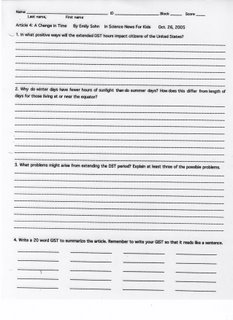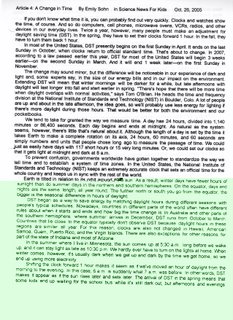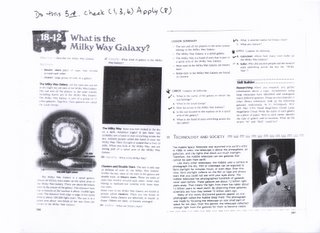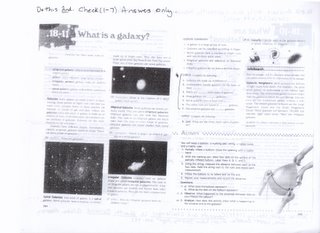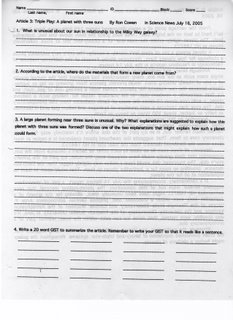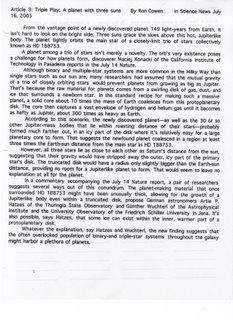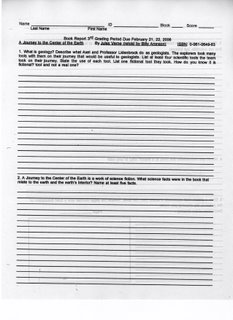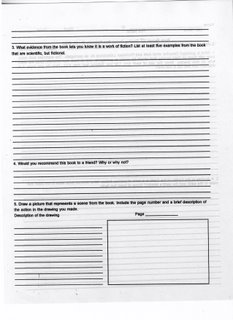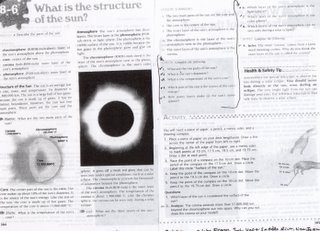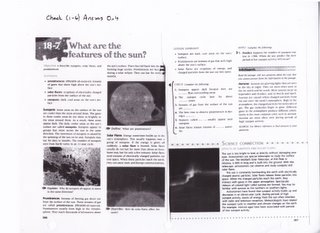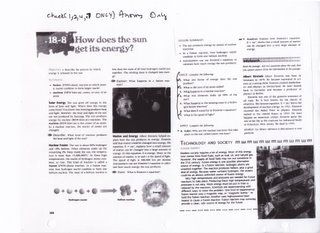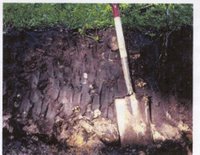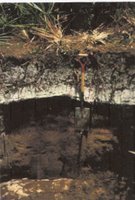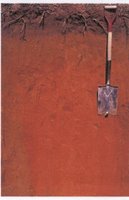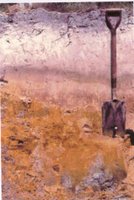Tuesday, 28 February and Wednesday, 1 March, 2006
Using information from classroom activities:
Students should be able to:
-demonstrate how graphs can help make data analysis easier.
-recognize and provide examples of data that follow similar patterns.
-explain what makes a good estimate.
-explain why one would use a random sample.
-explain how bias can influence data gathering
Continuing to review for the FCAT, students worked on the Tom Snyder Production of Science Court: Statistics. The program reviews graphing and interpreting graphs. Students, learned that :
-data are bits of information gathered during an investigation.
-graphs and charts make it easier to see patterns in data.
-examples of cause and effect relationships include: the more cars over time on the roads, the more accidents occur over time; the more a person eats over time, the more weight they gain over time; the more a students studies, the better their grades.
-students then expressed the ideas presented above as graphs.
-students were able to predict the shape of a graph concerning UFO sightings by studying Shep's graph of left-handed people.
-students were able to explain the patterns in Shep's graphs; as the town's population increased, there were more people who were left-handed and also more people who were there to see UFOs.
Today, Science Court continued, with students learning how to do random samples. Students received bags of colored beads and were asked to randomly sample the beads to make predictions about the contents of the bag. In doing so, they learned what makes a good random sample. Students are well on their way to drawing a conclusion about random samples, bias in data gathering...and the truth about UFO sightings in the town of Sciville!
Students should be able to:
-demonstrate how graphs can help make data analysis easier.
-recognize and provide examples of data that follow similar patterns.
-explain what makes a good estimate.
-explain why one would use a random sample.
-explain how bias can influence data gathering
Continuing to review for the FCAT, students worked on the Tom Snyder Production of Science Court: Statistics. The program reviews graphing and interpreting graphs. Students, learned that :
-data are bits of information gathered during an investigation.
-graphs and charts make it easier to see patterns in data.
-examples of cause and effect relationships include: the more cars over time on the roads, the more accidents occur over time; the more a person eats over time, the more weight they gain over time; the more a students studies, the better their grades.
-students then expressed the ideas presented above as graphs.
-students were able to predict the shape of a graph concerning UFO sightings by studying Shep's graph of left-handed people.
-students were able to explain the patterns in Shep's graphs; as the town's population increased, there were more people who were left-handed and also more people who were there to see UFOs.
Today, Science Court continued, with students learning how to do random samples. Students received bags of colored beads and were asked to randomly sample the beads to make predictions about the contents of the bag. In doing so, they learned what makes a good random sample. Students are well on their way to drawing a conclusion about random samples, bias in data gathering...and the truth about UFO sightings in the town of Sciville!

